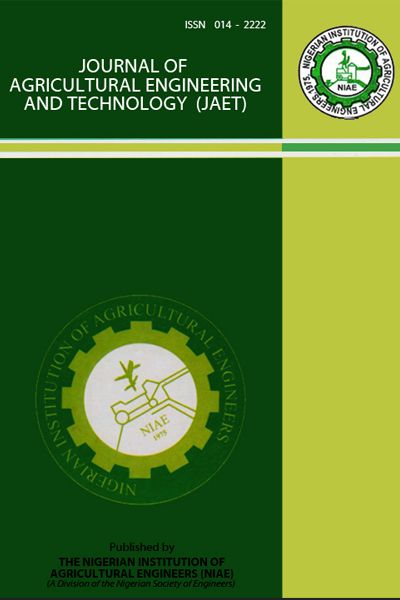SPATIO-TEMPORAL ANALYSIS OF LAND USE CHANGES TREND OF AKWA IBOM STATE, NIGERIA FROM 1986-2020 USING GEOSPATIAL TECHNIQUE
Keywords:
Land use/Land cover, remote sensing, land degradation, GISAbstract
Land use change is a key component of research in environmental studies. “Land use” and “land cover” depict the information about the types of features existing on the Earth’s surface and the physical individuality of Earth’s surface. Land use/land cover has been known to affect the ecosystem of the environment. Therefore, there is a need to monitor the land use/land cover within the study area. An important tool in the management of land cover/land use is remote sensing. As such, remote sensing dataset was acquired for 17 years using the landsat imageries of Landsat Thematic Mapper (TM)/Enhanced Thematic Mapper Plus (ETM+)/Operational Land Imager (OLI) image data for 1986, 2003 and 2020 respectively. The downloaded imageries were processed and reclassified using the ERDAS IMAGINE. The land use/land cover identified within the study area was grouped into; water body, primary forest, secondary forest, swamp forest, cultivated land and built up/bare land. The Spatio-temporal analysis of the land use change the trend from 1986 to 2020 indicated that there is a continuous decrease in the water body, swamp forest and primary forest while secondary forest, cultivated land is experiencing a continuous increase. The data obtained in this research can serve as a guide to conservationists,
policy makers and concerned groups and individuals for soil resource planning, management, conservation and distribution for sustainable soil resource utilization and sustainability. This work proves that remote sensing can be useful in land use/land cover mapping and has shown the variations across geologic formations of Akwa Ibom State of Nigeria.


